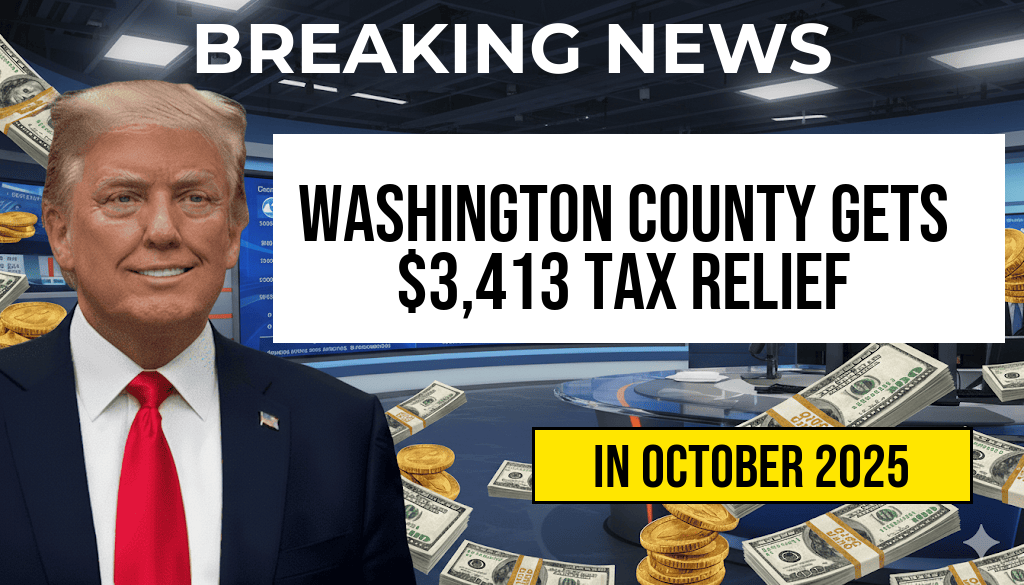The federal tax code imposes a phase-out on the tax deduction of four thousand dollars for individual filers whose annual income exceeds $75,000. This adjustment, designed to prevent high-income earners from disproportionately benefiting from certain deductions, effectively reduces the available benefit as income rises beyond the threshold. Beginning in the upcoming tax year, taxpayers with incomes above this limit will see their deduction gradually diminish, reaching zero once their income surpasses a specified upper boundary. This change aims to promote fairer tax policies by narrowing the gap between high- and low-income earners in claiming certain tax benefits.
Understanding the Deduction Phase-Out Mechanism
The phase-out mechanism functions as a gradual reduction in the allowable deduction amount based on income levels. For incomes just above $75,000, the deduction begins to decrease incrementally until it is fully eliminated at a higher income point. This process ensures that taxpayers with moderate incomes retain some benefit, while those with significantly higher earnings receive less or no advantage from the deduction.
Details of the Income Thresholds
| Income Level | Deduction Status |
|---|---|
| Up to $75,000 | Full deduction of $4,000 available |
| $75,001 – $85,000 | Deduction gradually reduces from $4,000 to $0 |
| Above $85,000 | No deduction available |
This structure means that for every dollar earned over $75,000, the deduction diminishes proportionally until it is phased out entirely at approximately $85,000, depending on the specific phase-out rate established by the IRS.
Implications for Taxpayers
Taxpayers whose incomes hover around the $75,000 mark will need to reassess their potential deductions. For those earning just above this threshold, the reduction might lead to a higher overall taxable income and, consequently, a higher tax bill. Conversely, taxpayers with incomes significantly above $85,000 will find that the deduction no longer applies, increasing their tax liability relative to previous years.
Impact on Different Income Groups
- Middle-income earners: May experience a noticeable decrease in deductible benefits, especially if their income approaches the upper limit of the phase-out zone.
- High-income earners: Will likely see the full elimination of this particular deduction, aligning with broader tax reform efforts aimed at reducing preferential treatment for higher earners.
- Lower-income households: Remain unaffected by this specific change, as their incomes are well below the phase-out threshold.
Policy Rationale and Historical Context
Tax policy analysts point out that the phase-out aims to create a more equitable tax system by limiting the benefits available to those with higher incomes. Historically, deductions like this have been scrutinized for disproportionately favoring wealthier taxpayers, prompting lawmakers to implement gradual reductions as incomes climb. The move aligns with recent efforts to tighten eligibility criteria for various tax benefits, including the Child Tax Credit and Earned Income Tax Credit, to ensure they target lower- and middle-income families more effectively.
Legal and Legislative Framework
The adjustment stems from amendments to the Internal Revenue Code, enacted through recent tax reform legislation. These changes are outlined in official IRS publications and are supported by data indicating that such measures can help balance federal revenue needs with fiscal responsibility (see Wikipedia’s overview of U.S. tax reform). The specific phase-out rates and income thresholds are subject to annual updates based on inflation adjustments and legislative decisions.
What Taxpayers Should Do
Individuals affected by this change are advised to review their current income levels and consult with tax professionals to understand how their deductions might be impacted in the upcoming filing season. Proper planning can help optimize tax outcomes, especially for those nearing the phase-out threshold. Additionally, taxpayers can explore other available deductions and credits to offset potential increases in their tax liabilities.
Resources for Further Information
- IRS Publication on Deductions and Credits
- Forbes Analysis of Recent Tax Changes
- Wikipedia: Taxation in the United States
Frequently Asked Questions
What is the maximum tax deduction available for income up to seventy-five thousand dollars?
The maximum tax deduction available is four thousand dollars for individuals with an income of seventy-five thousand dollars or less.
How does the tax deduction phase out for income exceeding seventy-five thousand dollars?
For income exceeding seventy-five thousand dollars, the tax deduction gradually decreases or phases out, reducing the amount you can claim.
At what income level does the tax deduction completely phase out?
The tax deduction fully phases out when your income exceeds ninety-five thousand dollars, meaning you are no longer eligible for the deduction.
Is the phase-out of the tax deduction gradual or immediate?
The phase-out is gradual, meaning the deduction decreases incrementally as your income increases beyond seventy-five thousand dollars.
Who is eligible to claim the tax deduction before it starts phasing out?
Individuals with an income at or below seventy-five thousand dollars are eligible to claim the full tax deduction of four thousand dollars.






